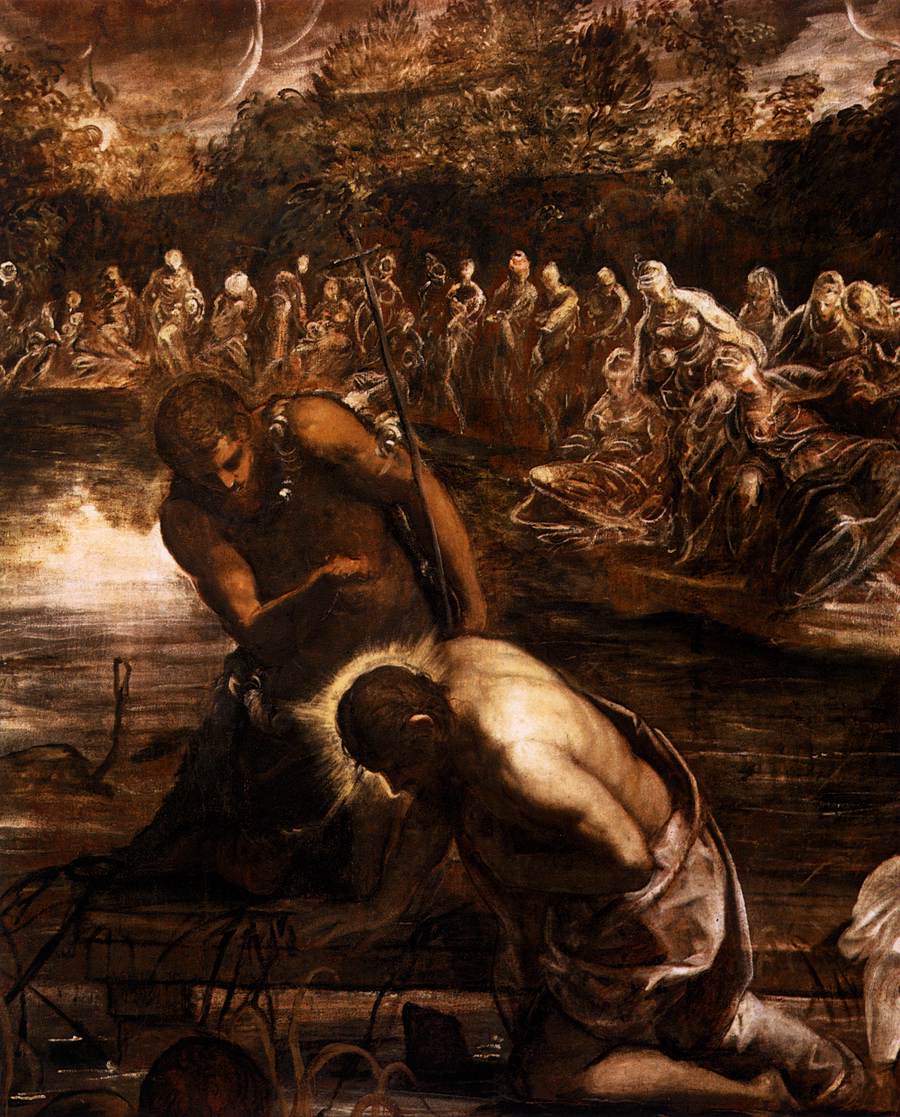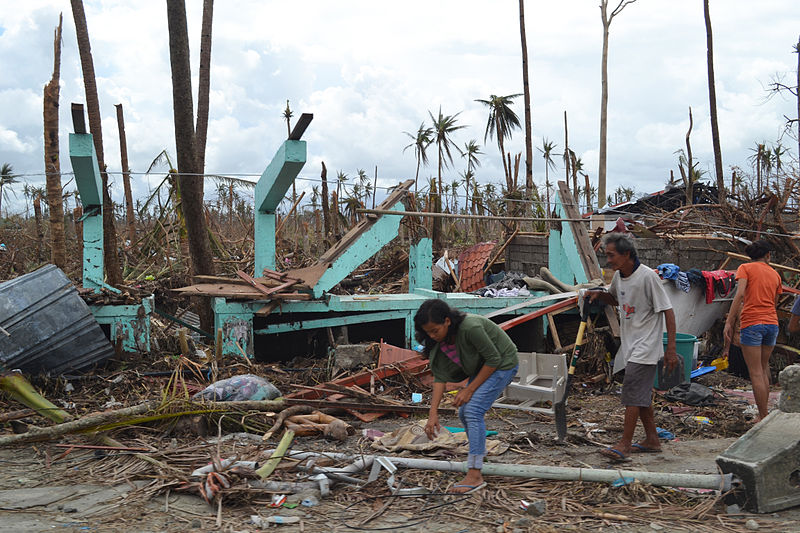Readings (Jerusalem Bible: Australia, England & Wales, Ireland, New Zealand, Pakistan, Scotland)
Readings (New American Bible: Philippines, USA)
Gospel Mark 12:38-44 (shorter form: 12:41-44) (English Standard Version, Anglicised)
[In his teaching Jesus said, “Beware of the scribes, who like to walk around in long
robes and like greetings in the market-places and have the best seats in the synagogues
and the places of honour at feasts, who
devour widows' houses and for a pretence make long prayers. They will
receive the greater condemnation.”]
And Jesus sat down opposite the treasury and watched the people putting money into the offering box. Many rich people put in large sums. And a poor widow came and put in two small copper coins, which make a penny. And he called his disciples to him and said to them, “Truly, I say to you, this poor widow has put in more than all those who are contributing to the offering box. For they all contributed out of their abundance, but she out of her poverty has put in everything she had, all she had to live on.”
Typhoon Hayan, known in the Philippines as Super Typhoon Yolanda, made landfall in the country on the night of 7 November 2013. As it passed over the country it killed more than 6,000 and affected 11 million people. I was living in Bacolod City at the time where we got heavy rains and strong winds but it wasn't catastrophic, though it did some damage on the island of Negros where Bacolod City is located.
The Wikipedia entry on the storm gives details of the assistance sent by many countries to the Philippines. However, one is missing: Guinea-Bissau, a small country in west Africa that is less than half the size of Ireland or of Mindanao, with a population of around 2,100,000. It declared its independence of Portugal on 24 September 1973. This was recognised on 10 September 1974. About 11 per cent of the population are Catholics. The country has two dioceses.
An Agenzia Fides report dated 9 December 2013 reads: In the spirit of the liturgical season of Advent, the Bishops of the dioceses in Guinea Bissau and Bafata , His Exc. Mgr. Pedro Zilli and His Exc. Mgr. José Camnate na Bissign have invited all the diocesan communities to a 'Day of fasting and prayer for peace in the world, in Africa and in Guinea-Bissau' to be held on December 13. Further on the report states: In tune with the wave of international solidarity in favor of the Philippines, a nation deeply wounded by Typhoon Haiyan, the Bishops recommend to all parish communities that 'the fruit of fasting has to be destined to the victims of this natural disaster'. Furthermore, the Catholic Church promotes a fundraiser for the Filipino people until Sunday, December 22.
I remember being deeply touched by this report. I sent the link to a local newspaper but it wasn't interested.
This story of the Catholics of Guinea-Bissau sending aid to the Philippines is similar to that of the Choctaw people in the USA who had been dispossessed of their traditional homeland. In 1847 they raised money to help the people of Ireland who were starving because of the failure of the potato crop over a number of years. In 1840 Ireland had a population of about 8,000,000. By 1850 a million had died and another million had emigrated to North America, Britain and other places, man dying on the way. (The population of Ireland kept decreasing through emigration till 1950 and today there are fewer people in the country than there were in 1840.) An enduring bond has lasted between the Choctaw people and the Irish to this day.
On the Sundays in Ordinary Time the First Reading and the Gospel have a common theme. I have been praying with these readings during the week and the generosity of the Catholics of Guinea-Bissau to the people of the Philippines and that of the Choctaw people to the Irish kept coming to mind. They reminded me of the generosity and faith of the widow who gave the prophet Elijah water to drink and bread to eat even though she had really nothing. They reminded me of the widow giving her two small coins to the Temple treasury in Jerusalem, totally unaware of Who noticed this. Neither widow is given a name.
I doubt if any of the people in Ireland dying of hunger in the 1840s had ever heard of the Choctaw People of if the latter had ever heard of Ireland until someone told them of the plight of the people there, similar to their own plight. I doubt if the majority of Filipinos know where Guinea-Bissau is or if the people of that country know much about the Philippines. There are no historical links between the two no more than there were between the Choctaws and the Irish in the 1840s, though there are now.
The widow who looked after Elijah in his hunger and thirst and the widow to whom Jesus drew the attention of his followers have been giving to the Church for 2,ooo years. Their generosity continues to be a channel of God's grace to the Church and to the whole world.
The amount given by the two widows seems like nothing. The amount the Choctaw people sent to Ireland and that the Catholics of Guinea-Bissau, one of the poorest countries in the world, sent to the Philippines were minimal compared to that sent by other nations and groups. But it was far greater in that it was sent by people with pure and generous hearts and by people of faith. In the case of the Catholics of Guinea-Bissau that faith was their Catholic faith. And every donation given by individual Choctaws and by individual Bissau-Guinean Catholics was a 'widow's mite'.
Traditional Latin Mass
Resumed Fifth Sunday After Epiphany
The Complete Mass in Latin and English is here. (Adjust the date at the top of that page to 11-10-2024 if necessary).
Epistle: Colossians 3:12-17. Gospel: Matthew 8: 23-27.







_-_WGA03381.jpg/1024px-Pieter_Bruegel_the_Elder_-_The_Census_at_Bethlehem_(detail)_-_WGA03381.jpg)
_25_drops_supplies_to_Tacloban_Air_Base%2C_Philippines%2C_in_support_of_Operation_Damayan_Nov._14%2C_2013_131114-N-BX824-004.jpg)













